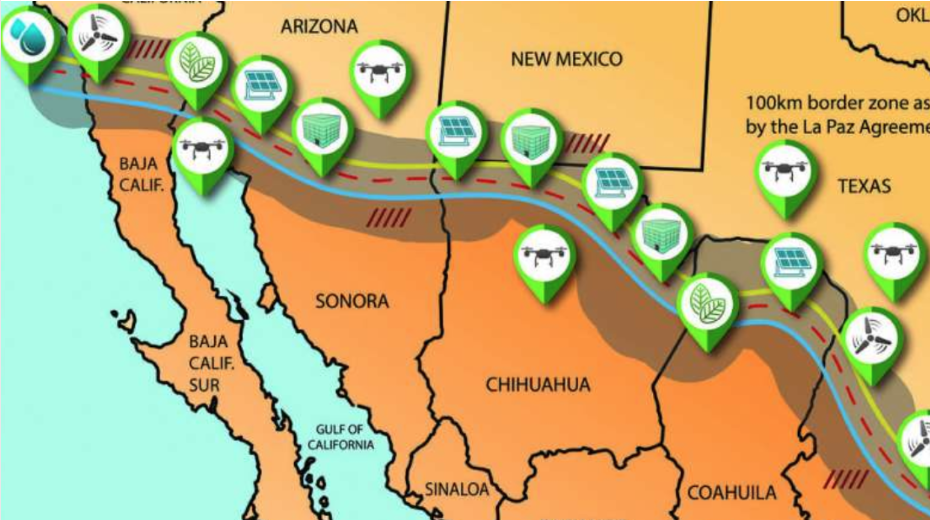I just took a first stab at writing an Environmental and Social Change Business Bill of Rights. Adopting these principles would level the playing field and enable green, socially conscious businesses to compete as equals—and in that competition, they will win almost all the time.
But this should not be just me spouting off. I got the discussion started, but I want to learn what others would be important in that kind of a campaign (and who has energy to work on it.
Also, I’ve got seven points here. If we continue to model it after the US Bill of Rights written by James Madison (who later became President of the United States), we need ten What did I leave out?
We, the people of Planet Earth, hereby declare that every nation and the planet as a whole have certain inalienable rights, including Life, Sufficiency, Peace, and Planetary Balance. To these ends, we call upon the governments of the world, at all levels, to establish these rights through mandating the following policies:
1. Manufacturers shall take full responsibility for their products at all stages in the product lifespan, including manufacturing, distribution, use, collection, reuse, disassembly, recycling, and disposal. Retail and wholesale channels shall accept used products and convey them back through the supply chain to the manufacturers.
2. Passing off costs to others, as externalities, is not acceptable. Pollution, waste, destruction of others’ property, etc. will be paid for by the entity that causes it.
3. All new construction or major renovation shall meet minimum standards of energy, water, and resource conservation, as well as fresh air circulation. Such standards shall be incorporated into local building codes, meeting or exceeding LEED silver or stretch codes.
4. All newly constructed or significantly renovated government buildings shall be Net Zero or Net Positive in energy and water use, producing at least as much energy and water as the building uses. Private developers shall receive incentives to meet this standard.
5. All subsidies for fossil (including but not limited to oil, diesel fuel, airplane fuel, natural gas, propane, and coal), nuclear, or other nonrenewable energy sources shall be phased out as soon as practical, to be completed within a maximum period of three years.
6. All subsidies that promote fossil-fuel-powered vehicles over cleaner alternatives, including subsidies to infrastructure exclusively or primarily for their use, shall be phased out as soon as practical, to be completed within a maximum period of ten years.
7. Average fleet vehicle mileage standards shall be increased to 70 MPH for passenger vehicles carrying up to six people, and to 40 MPH for trucks and buses within ten years. Non-fossil-fuel vehicles shall be designed to make a contribution to stationary power needs.





